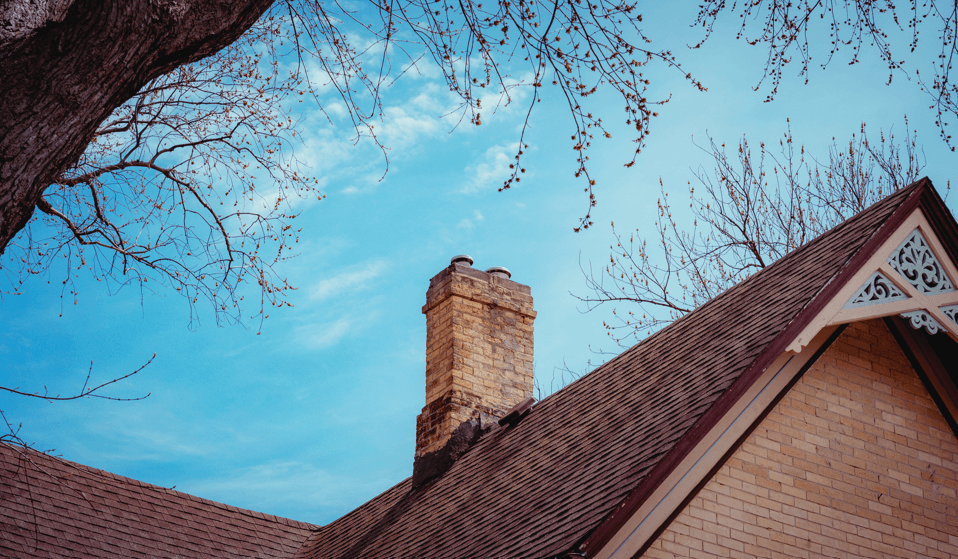
Chimney Care Guide for First Time Chimney Owners
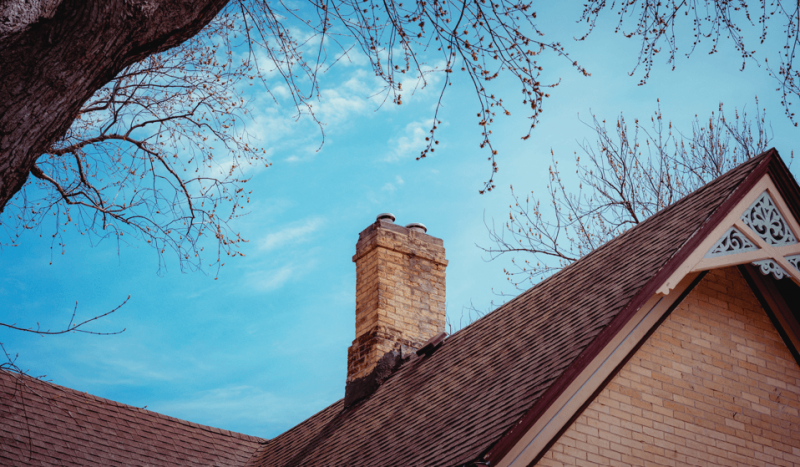
A warm welcome to the chimney owners community! Whether you have recently moved to a home with a chimney, or have decided to add one to the house you’re in currently, Valley Chimney Repair and Restoration is in full support and we’ve put together this Chimney care guide for first time chimney owners.
Soon enough, your fireplace dreams will come true. Nothing makes a house more homey than sitting by a warm fire on a cold night. Add some hot cocoa, and you’ve got a perfect winter evening! But before fires and cocoa can happen, make sure you understand what actually goes into having a chimney.
Because Valley Chimney wants to make sure you keep you and your family safe, we’ve written a comprehensive chimney care guide for first time chimney owners. In it, we’ll highlight basic fireplace safety and need-to-know information so you don’t get “burned” by your chimney.
Top 4 Fireplace Accessories for New Chimney Caretakers
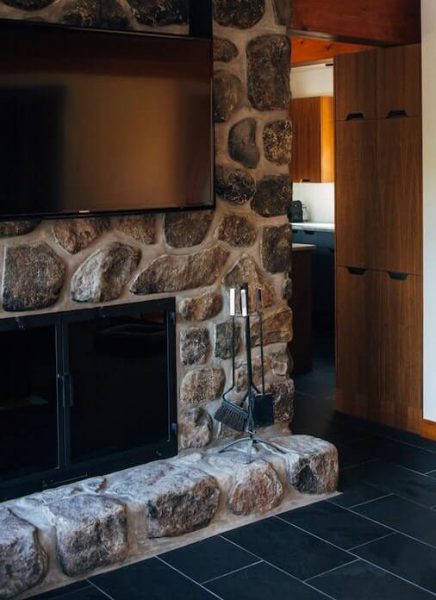 Before you light your first fire, make sure you have everything you need for your fireplace care to produce a safe and successful flame.
Before you light your first fire, make sure you have everything you need for your fireplace care to produce a safe and successful flame.
1. Install a Chimney Grate
This ribbed support system is the only fireplace care accessory that actually goes in your fireplace. Its job is to lift and hold the burning wood and kindling off the ground. By doing so, this allows air underneath of your burn materials and off of the opening of the ash pit.
Both of those aspects are important in being able to start a good fire. Increasing air flow helps your fire to start, and keep, burning as oxygen is the magic chemical needed for fire.
Having the material lifted off the ash pit as it burns helps to prevent falling ash from piling up, which can decrease oxygen flow. It also allows for the ash pit to be opened while a fire is going. This can help lessen clean-up, allow for dangerous hot embers to fall to a safe place immediately, and can produce a healthy air draft to really get your fire going.
2. Use a Fireplace Screen
Think of a fireplace screen as a shield; they guard your home from hot embers and ash to prevent those hot pieces from landing on your flammable floors. Clearly important for indoor fireplace maintenance.
While they do have to go in front of your fire and lessen the visual beauty of it, fireplace screens don’t have to ugly! They are a great way to provide fireplace care and safety, while being aesthetically pleasing.
Fireplace screens come in many colors and designs to suit every home. There are even options to get hanging fireplace screens, and glass options to truly enjoy your fire at home.
3. Find a Fireplace Care Tool Set
To keep your fireplace clean, keeping a tool set handy on your hearth is best practice. Tool sets are very useful for first time chimney owners. Sets typically include 4 hand-held tools: a poker, tongs, broom, and shovel.
The poker (or stoker) is used to stoke the fire, which means to move the wood around, letting air in to increase the flames. The tongs are helpful for grabbing large, hot pieces that have rolled away and need to be put back on the fire pile. A broom and shovel are the fireplace broom and dust pan, and help for cleaning up the ash when the fire has died down.
4. Indoor Wood Rack
For first time chimney owners, an indoor wood rack is a must! Save yourself hours of clean-up and trails of dirt by having a small wood rack right next to your fire.
In order to burn a good fire, your materials have to be very dry. Wood can be dense, so making sure these larger pieces are dry are even more important. Many people keep their firewood outside to avoid dirt and wood chips, and because the piles can be quite large.
But this creates two problems. First, outside the wood is still exposed to wet weather that can ruin it for fires. Plus, by having to repeatedly go outside, you are bringing dirt, rain, mud, and snow inside with each load!
Think smart this winter. Have your wood pile in a dry place outside, but make sure to keep an indoor wood rack full inside to save yourself the extra time of both taking trips outside, and cleaning up after yourself when you come back in.
Even with these top 4 fireplace accessories, you still haven’t done the main step: light the fire! If you’ve never lit a fire before and are struggling to do so, Valley Chimney has a helpful blog that walks you through lighting a fire in a fireplace.
What Can You Burn In Your Fireplace?
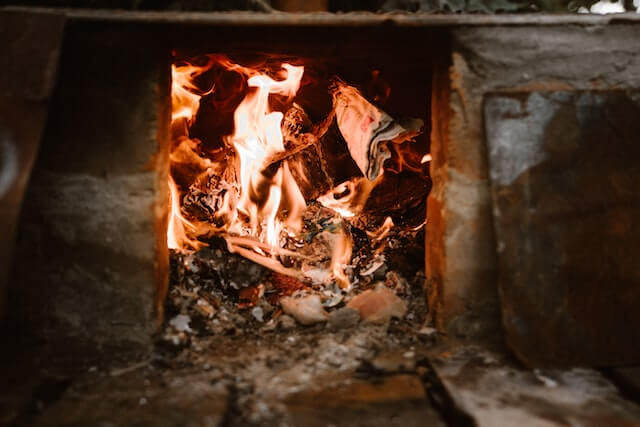 While naturally any item, product, or material can burn, that doesn’t necessarily mean it should be. Especially if you’re burning it in your residential fireplace.
While naturally any item, product, or material can burn, that doesn’t necessarily mean it should be. Especially if you’re burning it in your residential fireplace.
Burning improper items in your fireplace can lead to chimney, fireplace, and exterior home damage, increase the risk of fire, and be harmful to your health. A good list to follow for items in questions is:
- Wet Wood: overproduces smoke and increases creosote build up
- Painted or Treated/Manufactured Wood: releases harmful toxins when burned
- Christmas Trees: extremely flammable
- Plastic: releases harmful toxins when burned
- Certain Paper and Cardboard: glue and ink releases harmful toxins when burned
- Dryer Lint: extremely flammable and releases harmful toxins when burned
- (Liquid) Fire Accelerants: extremely dangerous and releases harmful toxins when burned
If you’re having trouble remembering that long list of items to not burn in your fireplace, don’t worry – the list of good items to burn is a lot easier to remember. Items that are okay to burn include:
- Dry, Seasoned Wood
- Certain Plain Paper
Remember: if you’re second guessing what you’re burning in your fire, just don’t burn it. Burning harmful items can be harmful to your fireplace, chimney, home, and you.
So if you’re realizing you have burned something wrong in your fireplace, play it safe. Schedule an appointment with Valley Chimney Sweep and Restoration today to make sure your fireplace gets the chimney maintenance it needs.
What Are The Most Common Chimney Repairs For First Time Chimney Owners
Over the years, Valley Chimney has done hundreds of inspections, giving them years of professional industry experience. The most common chimney repairs we come across for first time home owners would be creosote build up, damage repairs, and animal/obstruction removals.
Creosote build up occurs naturally as a result of organic material (i.e. wood) being burned. This dark, tar-like substance is released up into your chimney and sticks to the sides. While it can’t be helped, high levels of build up can create blockage in your chimney and increase the risk of a chimney fire.
The winter months take an extra toll on your chimney and fireplace. By being exposed to the harsh elements all season, wear and tear is inevitable over time. This can lead to cracks in the chimney masonry and chimney crown, as well as displacement of the chimney cap, letting even more water and debris in.
With the chimney cap off, this can bring about obstructed chimneys. Incredibly common, it is a regular occurrence for chimney blockages to happen from fallen branches, leaves, or debris. Animals are also a common culprit for blockages as they find the small space of a chimney a suitable place to build a home.
These chimney issues are more common than you think! For further details to see if these apply to your chimney, check out our helpful guide to the most common chimney repairs.
Why Is Annual Chimney Sweep Inspection and Maintenance Important
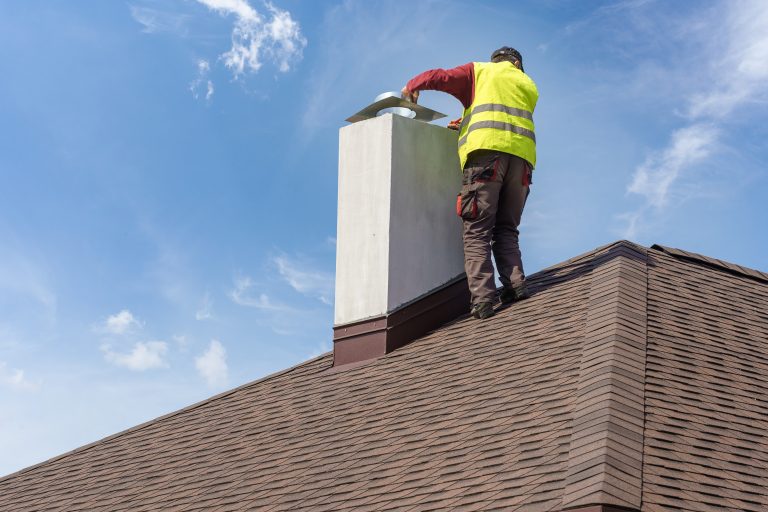 It can be easy to note if your chimney isn’t functioning properly, even if you are a first time chimney owner! Issues that can be red flags are smoke flowing out versus up, moldy odor, leaks, and cracks. But even if symptoms aren’t showing, it is important as a first time chimney owner to acknowledge you need to schedule annual chimney maintenance.
It can be easy to note if your chimney isn’t functioning properly, even if you are a first time chimney owner! Issues that can be red flags are smoke flowing out versus up, moldy odor, leaks, and cracks. But even if symptoms aren’t showing, it is important as a first time chimney owner to acknowledge you need to schedule annual chimney maintenance.
According to the Chimney Safety Institute of America, “Chimneys, fireplaces, and vents shall be inspected at least once a year for soundness, freedom from deposits, and correct clearances. Cleaning, maintenance, and repairs shall be done if necessary.” This is the national safety standard, and as a homeowner with a chimney, you have to be responsible for its upkeep.
Being a proactive chimney owner can avoid various serious issues for you and your home. Irreparable damage that starts in your chimney, can quickly lead to your home and you. A yearly maintenance fee is extremely more cost effective in the long run than waiting until the damage is too severe. Plus, our Chimney Sweep for Life program can help your dollar go even further.
Valley Chimney recommends scheduling your annual chimney maintenance midsummer, before cooler weather even begins. Understanding the full process of a chimney inspection is important, and Valley Chimney Sweep and restoration want to remain fully transparent with our trusting customers.
To understand more about our servicing process, check our chimney inspection guide to help you understand what to expect from a professional chimney sweep cleaning.
Choose Chimney Valley As Experts In Chimney Care
As a first time home owner, getting used to maintaining your new chimney can seem like a lot. With Valley Chimney Sweep and Restoration, we are here to help and be your chimney guide.
Serving 40,000 clients across the Western suburbs of Chicago, Valley Chimney has been in business since 1978. This has allowed us decades to build our trustworthy reputation, industry knowledge, and range of service experience.
Family owned and operated, we want high quality customer service to be translated with every interaction. This is why all of our employees are Certified Chimney Sweep Professionals, and experienced chimney sweeps.
We hope this chimney guide has been helpful, and shown the importance in routine chimney and fireplace maintenance. Schedule an appointment with us today to make sure your new fireplace is ready to go!



